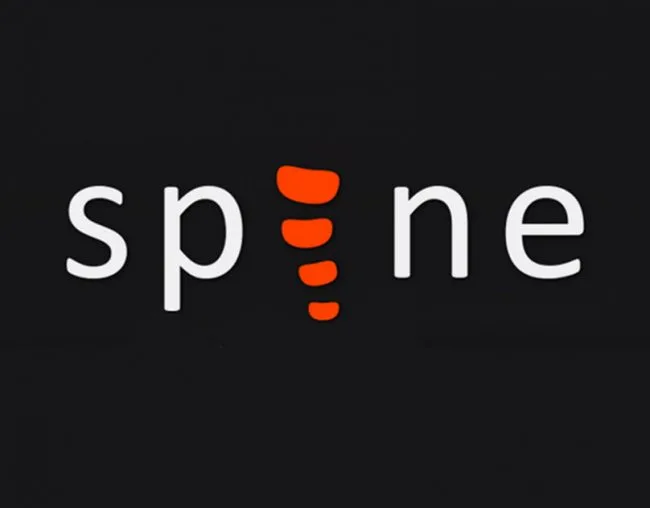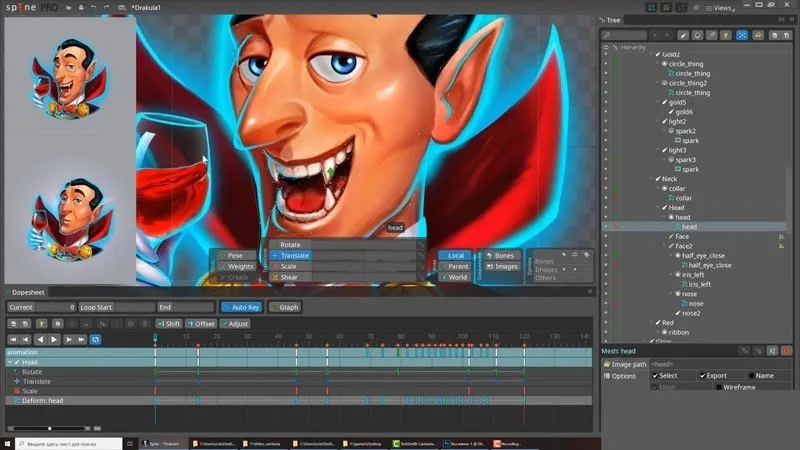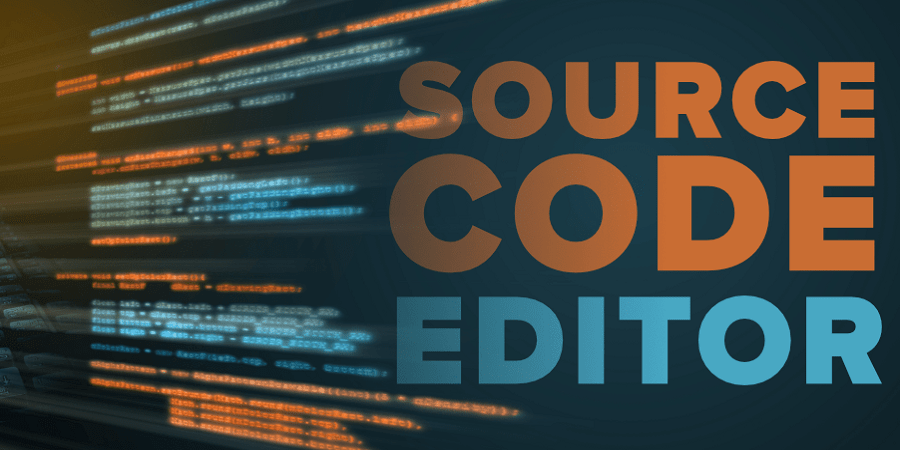
Spine Program Review: Elevating Game Animation to New Heights
Spine stands out in the digital animation landscape for its dedication to 2D skeleton animation. Unlike traditional frame-by-frame animation, Spine leverages bones and meshes to animate sprites, making animations more dynamic and versatile. Developed by Esoteric Software, Spine has grown from a niche tool to a critical asset for game developers worldwide.
Getting Started with Spine
Ease of entry is one of Spine’s strong suits. Installation is straightforward, and its interface, while packed with features, is designed with clarity in mind. For beginners, Spine offers extensive documentation and tutorials, ensuring a smooth learning curve. It’s compatible with major platforms, meaning animators can start animating with minimal setup.
Core Features of Spine
At its core, Spine is about bringing efficiency and life to 2D animations. Key features include:
- Skeleton Animation: The backbone of Spine, allowing for intricate animations with fewer assets.
- Bones and Meshes: Tools to manipulate shapes and movements, adding depth and fluidity to animations.
- Animation Tools: A comprehensive set of tools, including keyframing, timelines, and dopesheets, providing control over every animation detail.
Advanced Features and Functionality
Spine doesn’t stop at the basics. Advanced functionalities cater to seasoned animators seeking more control:
- Inverse Kinematics (IK): Simplifies complex movements, making them more realistic with less effort.
- Mesh Deformation: Offers unparalleled flexibility in animating characters and objects.
- Integration with Game Engines: Seamless compatibility with Unity, Unreal Engine, and others, streamlining the development process.
Workflow and Usability
Spine’s interface is a masterclass in design – intuitive yet powerful. It supports a non-linear workflow, allowing animators to experiment without disrupting their process. The project management features ensure that large teams can collaborate efficiently, making Spine a boon for studios of all sizes.

Community and Support
No tool thrives without a strong community, and Spine’s is vibrant. Online forums, detailed documentation, and a plethora of tutorials empower users to overcome challenges and share insights. Esoteric Software’s commitment to support ensures that help is always within reach.
Case Studies and Success Stories
Spine’s impact is best illustrated through its success stories. For instance, the developers behind the Prank Casino bonus animation leveraged Spine to create captivating, fluid animations that significantly enhanced user engagement. Such case studies underscore Spine’s capability to bring creative visions to life, contributing to the game’s success.
Pros and Cons
Pros:
- Efficiency in animation creation and management.
- High-quality animations with fewer assets.
- Strong integration with popular game engines.
Cons:
- Initial learning curve for those new to skeleton animation.
- Advanced features can be overwhelming at first.
Pricing and Licensing
Spine offers a tiered pricing model, catering to different needs and budgets. From Essential to Professional, each tier unlocks additional features, with a one-time payment model that grants perpetual access to the software. This flexibility makes Spine accessible to indie developers and large studios alike.
Spine has undeniably etched its place in the realm of game development. By balancing sophisticated features with user-friendly design, it caters to animators and developers at all levels. Whether it’s through enhancing workflow efficiency, providing robust support, or fostering a community of like-minded professionals, Spine continues to push the boundaries of what’s possible in 2D animation. With its ongoing development and dedication to user needs, Spine is poised to remain at the forefront of animation technology, making it an indispensable tool in the animator’s toolkit.
Popular topics
-
 Cryptocurrency Regulations: Global Perspectives and Futur...
Cryptocurrency Regulations: Global Perspectives and Futur...In the rapidly evolving world of digital finance, cryptocurrency stands …
-
 Smartphone as a Work Tool: The Best Mobile Apps for Produ...
Smartphone as a Work Tool: The Best Mobile Apps for Produ...In today’s business environment, smartphones have evolved into indispensable work …
-
 Google Analytics. How to use this service?
Google Analytics. How to use this service?We should start with the fact that this service is …
-
 The Most Convenient and Popular Code Editors
The Most Convenient and Popular Code EditorsThe world of programming is vast and diverse, with various …
-
 Integrating Unreal Engine into Casino Game Development: A...
Integrating Unreal Engine into Casino Game Development: A...The gaming industry stands on the brink of a revolution, …
